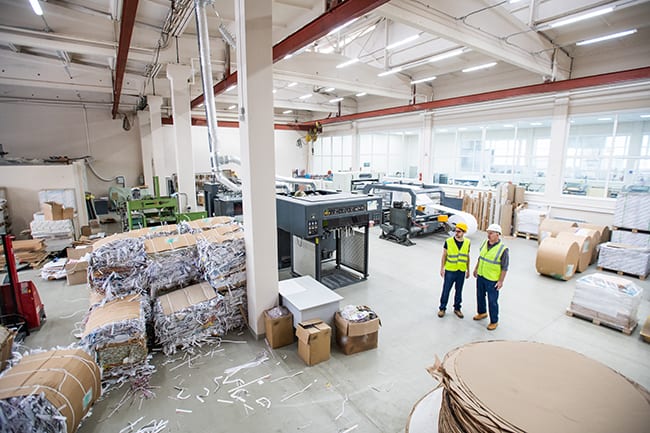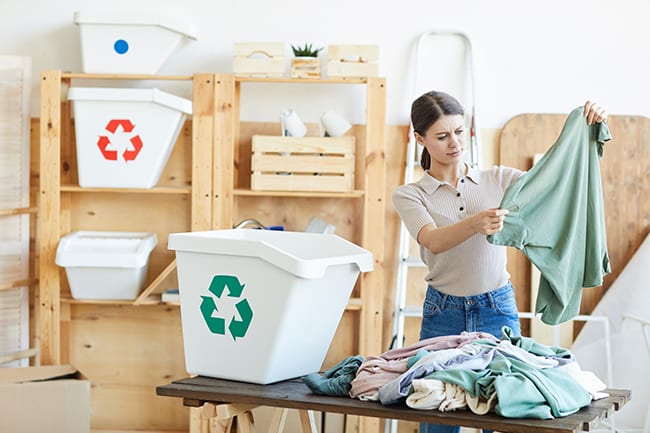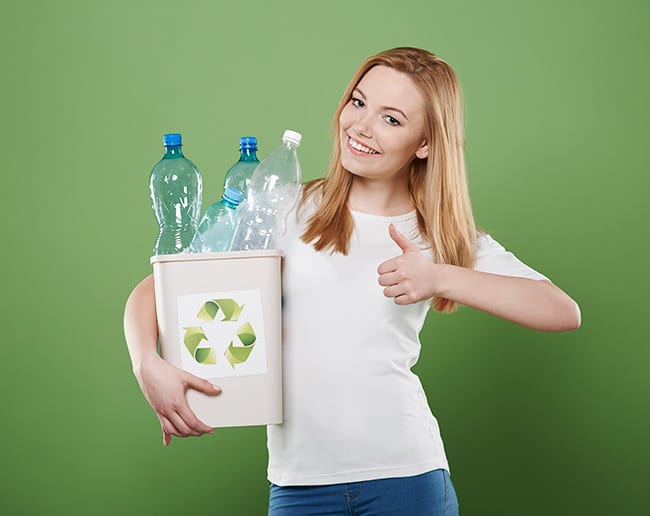Environmental Sustainability | Everything Sustainable
One of the main goals of sustainability is to use fewer resources. A byproduct of this goal is to create less waste. Recycling tackles both goals with one simple tool. By recycling materials, manufacturers rely less on pulling resources from the environment, such as freshwater or trees. Recycling also reduces the large piles of garbage in landfills all around the world. Some of these products would literally take hundreds or even thousands of years to decompose, while some materials do not decompose at all.
What Is Environmental Sustainability?
Sustainable environmental practices involve interactions with the environment that preserve it in its most natural form for continued use. Environmentalists want to ensure natural resources not only outlast the current generations but also continue to regenerate. To do this, parties interacting with the environment need to do so in ways that do not lead to the long-term degrading or depletion of natural resources.
Farming provides a key example. Monocropping and burning fields are two practices largely considered unsustainable in farming. Planting just one crop can rob farmlands of nutrients with no room for recovery. Burning the fields ruins the natural ecosystem that adds organic fertility to the soil.
In contrast, agricultural sustainability involves composting organic material and planting multiple crops. These practices nurture the soil by replenishing nutrients and boosting the soil quality.
How Does Recycling Lead to the Use of Fewer Resources?
Capitalism fuels a consumerist society. The more people buy, the more the economy continues to rejuvenate itself. As people demand more products and faster, companies need to pull from more environmental resources to meet the demand. For instance, they may need to cut down more trees to make paper or mine more minerals to make computer parts.
When people recycle waste products, manufacturers can reuse these materials. This does not necessarily eliminate the need for new materials, but it allows companies to rely on natural materials less. If more people bought and used recycled paper, this sustainability effort could save thousands of trees each year. Recycling helps to reduce and even eliminate these problems.
How Does Recycling Improve the Quality of Resources?
When organizations and consumers send waste to landfills, those landfills can become a source of pollution later on. The air quality nearby can worsen, making it uncomfortable for people who live close by. Some materials even release fumes and gases that become harmful to anyone in close enough proximity, including the local sanitation engineers.
Waste material can also begin to leech into the soil and affect groundwater. Because of this, the EPA tends to require that landfills are sited away from waterways and floodplains. It also requires the testing of groundwater to determine if leachate makes its way into the natural water system and contaminates it.
How Can Consumers Get More Involved in Environmental Sustainability?
The good news is that recycling material is becoming easier as the years go by. Consumers can also boost recycling efforts by eliminating one-use plastics, using biodegradable alternatives and repurposing materials whenever possible. These are just some of the many additional ways people can reduce the dependency on natural resources and preserve the quality of what remains.
Sources:
- https://nctce.com.au/how-can-recycling-materials-lead-to-environmental-sustainability/
- https://www.epa.gov/landfills/municipal-solid-waste-landfills
We know you do your part. Tell us the craziest thing you’ve recycled in the comments below.



